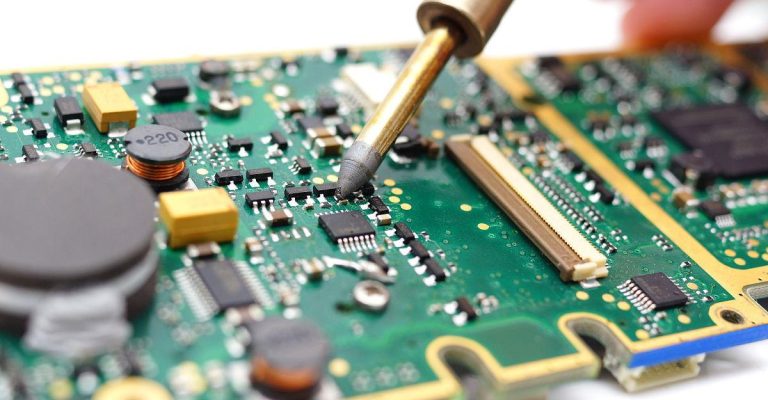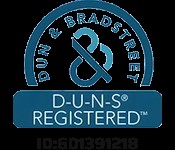Prototype PCB Assembly

Prototype PCB assembly manufacturing refers to the precise assembly of electronic components onto customized printed circuit boards based on circuit design drawings, in order to create circuit board prototypes that can be tested and functionally validated.
The main purpose of this process is to verify the feasibility, functionality, and performance of the circuit design, as well as to identify and resolve potential design issues, providing a reliable basis for subsequent mass production.Our services include design for manufacturability (DFM) and design for testing (DFT).
Product Showcase





Capabilities
| Capability | Parameter |
|---|---|
| Order Quantity | ≥1PC |
| Quality Grade | IPC-A-610 |
| Lead Time |
24 hours expedited service can be offered. 3- 4 days normally for PCBA prototype orders. We will give you accurate lead time when we quote for you. |
| Size | 50 x 50mm~510 x 510mm |
| Board Type |
Rigid PCB Flexible PCB metal core PCB |
| Min Package | 01005 (0.4mm x 0.2mm) |
| Max Package | No limit |
| Mounting Accuracy |
±0.035mm(±0.025mm) Cpk≥1.0 (3σ) |
| Surface Finish |
Lead/Lead-free HASL Immersion gold OPS etc. |
| Lead/Lead-free HASL, Immersion gold,OPS etc. |
Surface mount (SMT) Through-hole (DIP) Mixed technology (SMT & Thru-hole) |
| Component Sourcing |
Turnkey Partial turnkey Kitted/Consigned |
| BGA Package |
BGA Dia. 0.14mm BGA 0.2mm pitch |
| SMT Parts Presentation |
Cut Tape Partial reel Reel Tube Tray |
| Stencil | Stencil with or without frame |
| Quality Inspection |
Visual Inspection AOI Checking X-RAY Checking |
| SMT Capacity | 3 Million~4 Million Soldering Pad/Day |
| DIP Capacity | 100 Thousand Pins/Day |
Put your parts
into production today
All information and uploads are secure and confidential.
FAQ
Prototype PCB Assembly refers to the process of precisely assembling selected electronic components onto a customized printed circuit board (PCB) according to circuit design requirements, and producing a prototype of the circuit board that can be tested and functionally verified.
Prototype PCB Assembly is a crucial step in verifying the feasibility, functionality, and performance of circuit design, helping to identify potential design issues and optimize them, providing a reliable basis for subsequent mass production.
Usually includes PCB design and fabrication, component procurement and preparation, manual or automated assembly, testing and validation, as well as possible optimization and iteration steps.
Accurate assembly of components can be ensured through the use of precision welding tools, adherence to strict assembly processes and quality control standards, and the adoption of advanced automated assembly equipment.
Common testing methods include functional testing (to verify whether the circuit is working as expected), performance testing (such as detecting parameters such as voltage, current, and signal integrity), and reliability testing (such as stability testing in high temperature, low temperature, humidity, and other environments).




